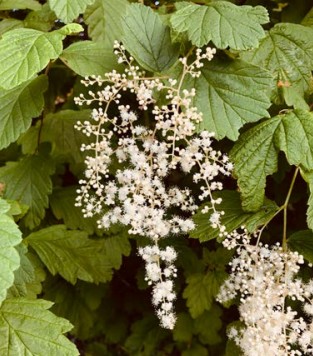Join us in protecting and preserving the unique and special nature of the islands in the Salish Sea as the seasons change. We want to make it easy for you to participate in land and species stewardship on your property and in your community, so in this issue, we’re sharing some helpful stewardship tips for fall.
Leave the Leaves
Leaving fallen leaves and plant stems is one of the most valuable things you can do to protect pollinators and other invertebrates. Leaves provide habitat essential to the survival of everything from moths and butterflies, to snails and spiders.
For example, some butterflies lay their eggs on fallen leaves, so that the leaves can be eaten by the caterpillars as soon as they emerge. For other species, cocoons and chrysalises are actually made of leaves, or camouflaged to look like leaves.
Bumblebees and other butterfly caterpillars rely on leaf litter for shelter from winter weather and predators. Similarly, hollow plant stems provide an excellent place for native bees to hibernate.
Plant and Sow Native Plants

Fall is the best time to enhance your garden with native species because we can mimic natural cycles. Many native wildflowers naturally drop their seed at the end of summer and some require exposure to cold, moist conditions for a period of time in order to germinate (this is called cold-stratification).
Fall is also a good time for planting because it allows roots to establish before the winter freeze, so they are strong and ready to support above-ground growth as soon as spring arrives.
Consider plants that birds can forage on through the fall and winter in years to come. Satinflower Nurseries suggests hardhack/spirea, coastal mugwort, Canada goldenrod, California aster, oceanspray, and snowberry as good sources of nourishing seeds and berries.
Protect Migrating Birds

It’s always a good time of year to mark up reflective windows with bird-safe tape, Acopian bird savers, soap, or decals to prevent collisions as birds migrate through our region to their wintering grounds.


